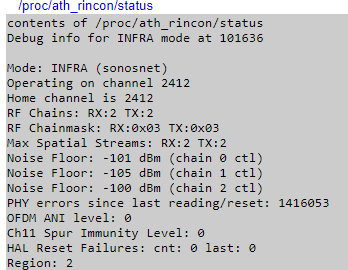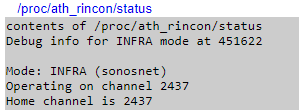Looking at my network matrix to check out some connection issues (again!) I noticed that one of my devices had no entries at all in the network matrix and when i check the “/usr/sbin/brctl/showstp br0” link it said “STP is disabled for this device”. Presumably this means that this device is not using STP to connect to any other SONOS devices in my system? I have a wired setup, with 5 secondary (hard wired) nodes and 10 tertiary nodes in a 15 node setup. I have only recently noticed the “STP is disabled ...” text. Does this indicate a problem with the device? Any ideas how I could check/rectify? I’ve obviously tried the reset option. Any advice appreciated! Thanks A.
Answered
STP is disabled for this device
Best answer by ratty
Change your SonosNet channel to 1. See if the Play:1 rejoins the party. You might need to powercycle it. After that you can switch SonosNet back to ch 6.
This topic has been closed for further comments. You can use the search bar to find a similar topic, or create a new one by clicking Create Topic at the top of the page.
Enter your E-mail address. We'll send you an e-mail with instructions to reset your password.



